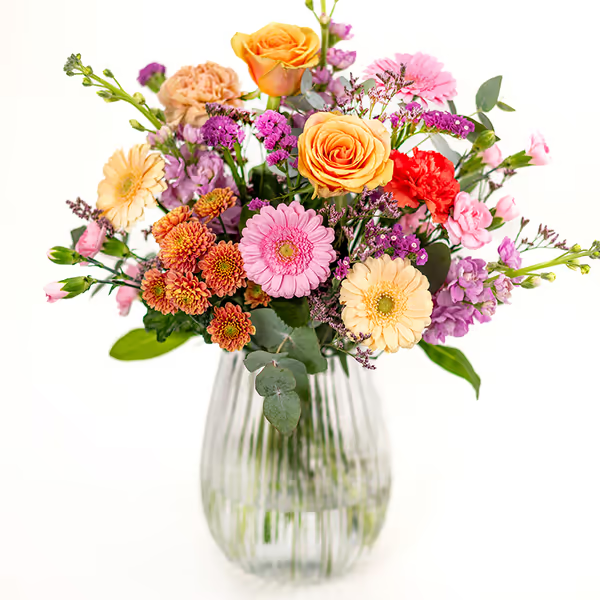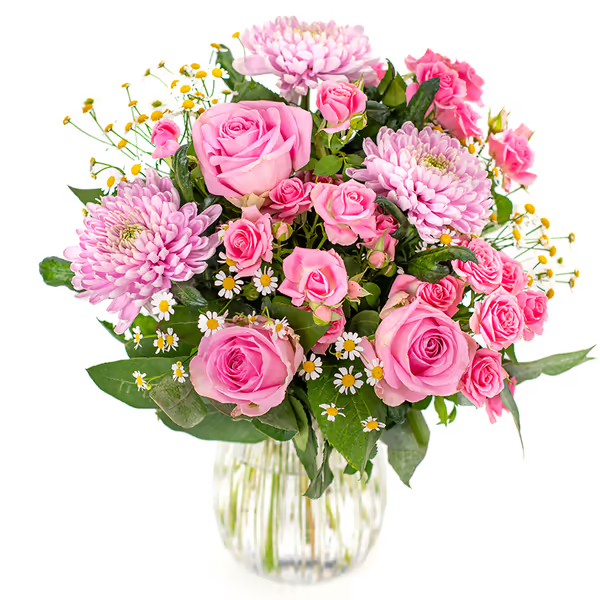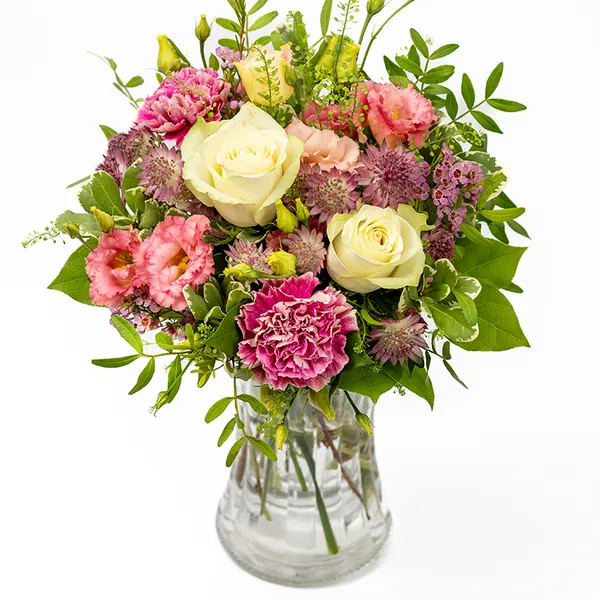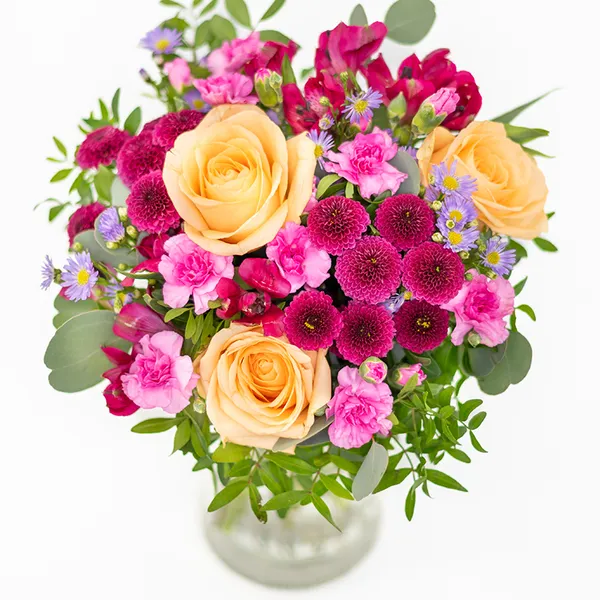Phlox: The Fragrant Bloom of Harmony and Sweet Affection
Phlox is a charming, star-shaped flower known for its sweet fragrance, abundant blooms, and soft cottage-garden aesthetic. Native to North America, phlox comes in both annual and perennial forms and blooms in a rainbow of colours—pink, white, lavender, purple, red, and bicolour. Its name comes from the Greek word for “flame,” referring to the bright intensity of some varieties. In flower symbolism, phlox represents harmony, sweet dreams, unity, and affection, making it a lovely addition to romantic and friendly bouquets.
COMMON NAME
Phlox
BOTANICAL NAME
Phlox spp.
ORIGIN
North America
PEOPLE ALSO CALL IT
Flame flower
FLOWERING TIME
Spring to autumn (varies by species)
ASPECT
Full sun to partial shade, rich well-drained soil
SYMBOLISM
Harmony, unity, sweet affection, good partnership
Care Tips for Cut Phlox in a Vase
Cut early in the morning: When the flowers are well-hydrated.
Trim stems at an angle: Promotes water intake.
Remove lower leaves: To keep the water clean and reduce bacteria.
Use flower food and change water regularly: Every 2–3 days for freshness.
Keep cool: Avoid direct sun and heat to extend vase life.
Care Tips for Phlox in the Garden or Pot
Light: Needs full sun for best flowering, but tolerates some shade.
Watering: Water regularly—phlox likes moist, but not soggy soil.
Soil: Nutrient-rich, well-drained soil with compost is ideal.
Fertilisation: Feed every few weeks with a balanced flower fertiliser.
Deadheading: Remove faded blooms to encourage reblooming.
Air circulation: Important to prevent mildew—don’t overcrowd.
Symbolism & Meaning
Phlox stands for unity, love, and mutual respect—a flower that brings people together. In Victorian flower language, it was often used to express sweet dreams and a gentle, loving presence. It's a popular bloom for weddings and friendship bouquets, symbolising a strong and peaceful bond. Its soft colour palette and fragrant charm make it perfect for heartfelt, graceful arrangements.
Types of Phlox
There are many lovely varieties of phlox, suitable for different garden styles and floral uses:
- Phlox paniculata (Garden Phlox) – Tall, upright, with dense fragrant flower clusters; great for cutting.
- Phlox drummondii (Annual Phlox) – Compact and colourful, ideal for containers and borders.
- Phlox subulata (Creeping Phlox) – A low-growing groundcover with springtime bloom carpets.
- Phlox divaricata (Woodland Phlox) – Shade-tolerant, with delicate pastel flowers in early spring.
Frequently Asked Questions About Phlox
The best time to plant phlox is in spring (March to May) or autumn (September to October), when the soil is workable and not frozen. Planting in spring gives the plant time to settle in before blooming.
After flowering, cut back spent blooms to encourage a second flush or prevent self-seeding. In late autumn, you can cut phlox down to just above ground level to tidy the bed for winter.
Bloom time depends on the variety:
-
Creeping phlox (Phlox subulata) blooms in spring (April–May)
-
Tall garden phlox (Phlox paniculata) blooms in summer (July–September)
Yes, most garden phlox varieties are perennials and come back every year. They’re hardy, especially in temperate European climates, and can form beautiful clumps over time.




